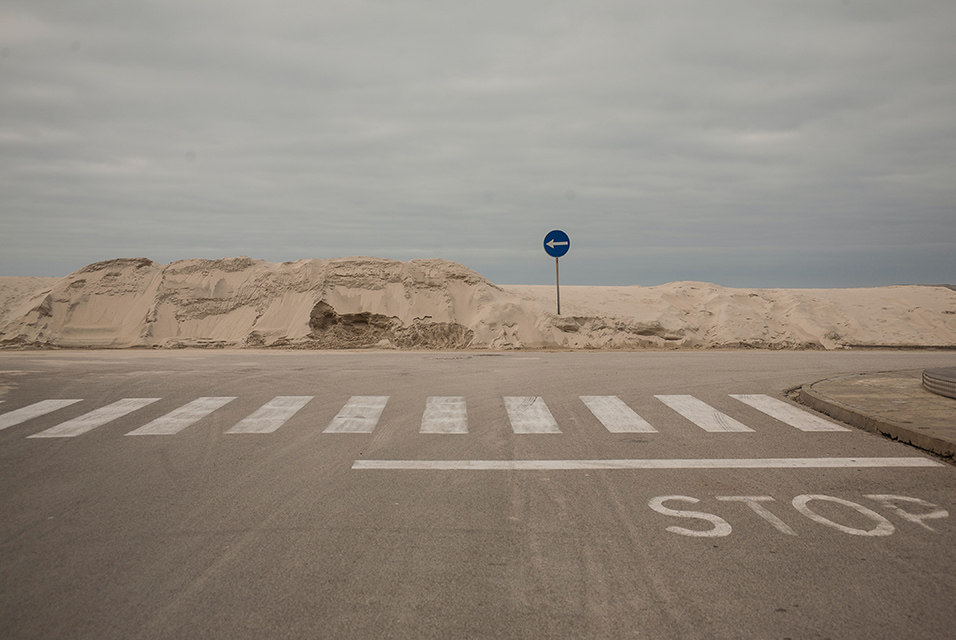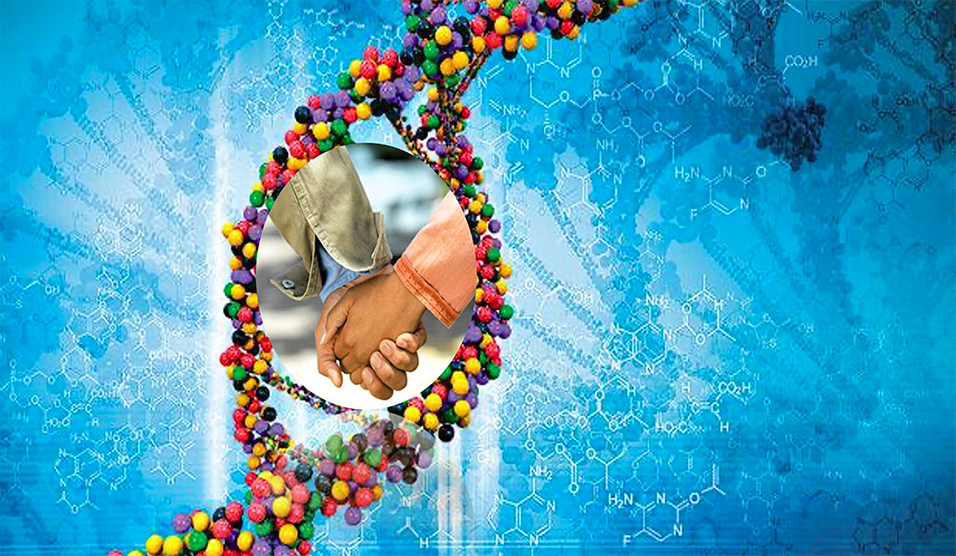NASHVILLE, TN.- Whether an animal senses a predator’s approach or a day trader reacts to market fluctuations, decisions are made by processing various amounts of sensory information. But scientists are split over the underlying mental mechanics: Are decisions made after accumulating a critical mass of information, or are they governed by a relative sense of urgency?
Vanderbilt University researchers Jennifer Trueblood, associate professor of psychology, and William Holmes, assistant professor of physics and astronomy and associate director of the Quantitative Systems Biology Center, have produced a study they think resolves both strands of thought.
Their article, “Urgency, Leakage, and the Relative nature of Information Processing in Decision-making” was published by the journal Psychological Review on Aug. 27. Nathan Evans, former Vanderbilt postdoctoral fellow and current research fellow at the University of Queensland and Andrew Heathcote, professor of cognitive science at University of Tasmania, collaborated on the research.
There are two schools of thought for these decisions are made. Evidence accumulation suggests that information accrues until there is enough to make a decision. This mathematically represented idea has circulated widely in the psychology community for the past 70 years. A newer theory in neuroscience, urgency gating, accounts for the feeling of necessity to decide as time passes, so that decisions are based on the current information and the desire to respond quickly.
“We’ve come up with a unified theory, a generalized version of urgency gating, that allows the flexibility to accommodate both theories,” Trueblood said. “Our new theory allows researchers to measure the strength of evidence accumulation against the strength of urgency gating, in effect creating a continuum that spans both.”
The creation of this model was no small feat. Holmes said developing a new infrastructure that is applicable to many kinds of decision-making problems entailed a significant degree of methodological work. “These models are putting us on the path of mathematically representing complex, realistic tasks that account for alternatives and changing information.”
Collaborating with Heathcote, a preeminent scholar in math and computational models of perceptual decisions based in Tasmania, was made possible by the Vanderbilt International Research grant award. The researchers traveled to Nashville and Australia twice, building off the synergy they created in earlier research and using the time to explore these concepts.
“How we make decisions in dynamic environments with changing information is understudied compared to simpler decisions,” Trueblood said. “While life was never slow, this type of research has become more relevant than ever as the information that reaches us is increasingly dynamic and in greater quantity. The complexity of these problems also allows us to learn more about the decision process and be more reflective of our increasingly dynamic world.”
This research was supported by the National Science Foundation grants SES-1556325 and 1846764 and Australian Research Council grant DP160101891.










